zox-news domain was triggered too early. This is usually an indicator for some code in the plugin or theme running too early. Translations should be loaded at the init action or later. Please see Debugging in WordPress for more information. (This message was added in version 6.7.0.) in /var/www/wp-includes/functions.php on line 6121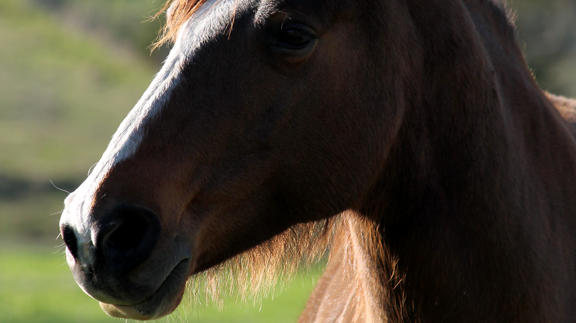

By Lauren Lamb, DVM The horse’s body is composed of cells for every function. One of these functions is to repair injured tissue. These cells can...
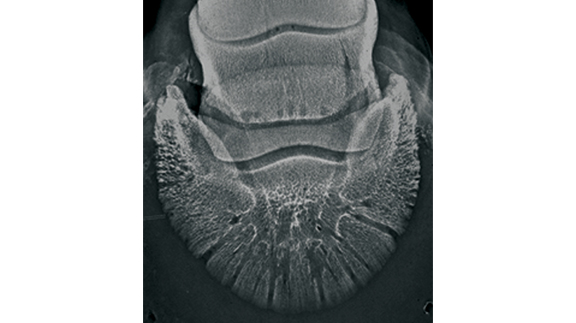

By Lauren Lamb, DVM Navicular ‘disease’ is a condition that affects the navicular bone, navicular bursa, deep digital flexor tendon and/or the associated ligaments attached to...
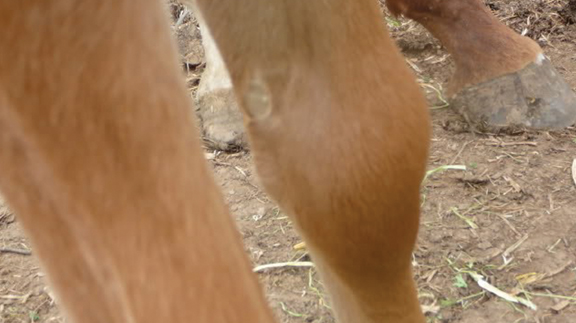

By Lauren Lamb, DVM During foaling season, owners may notice that a foal is lame and suspect that the foal just got stepped on by the...
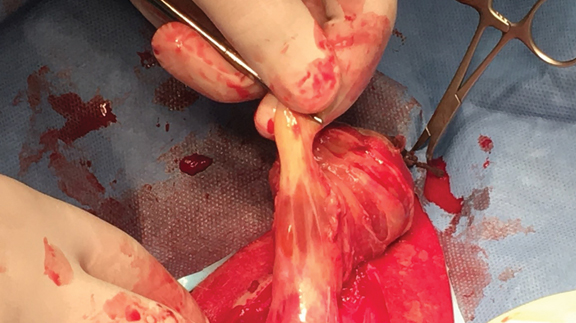

By Lauren Lamb, DVM The umbilical stump (navel) is the remnant of the umbilical cord. The umbilical cord contains large vessels (umbilical artery and vein), which...
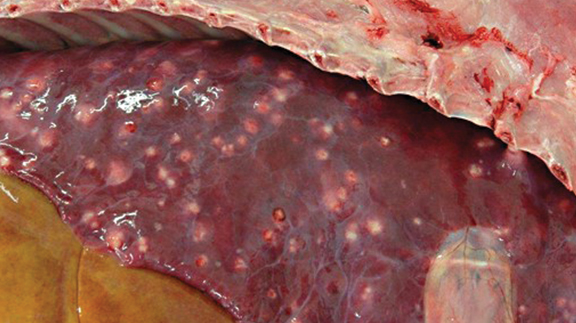

By Lauren Lamb, DVM Rhodococcus pneumonia is one of the most common causes of pneumonia in foals one to four months of age. Rhodococcus equi (R....
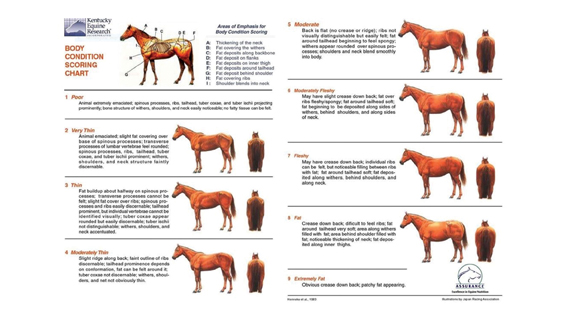

By Lauren Lamb, DVM With breeding season upon us, it is time to start preparing your brood mare for the breeding season. Your brood mare may...
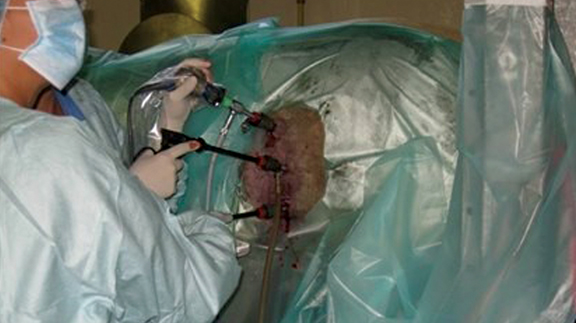

By Lauren Lamb, DVM Laparoscopic surgery is a form of minimally invasive surgery that can be performed on a horse. Minimally invasive surgery is performed through...
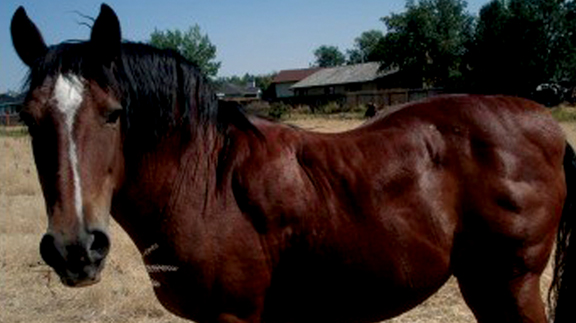

Treatment and Prevention By Lauren Lamb As mentioned last month’s OKFR article, the key to having a successful outcome in a horse with acute laminitis is...


Causes, clinical signs and how to diagnosis a horse with laminitis By Lauren Lamb Laminitis is a common disease seen in horses of all ages. It...


By Lauren Lamb An umbilical hernia is a defect in the horse’s ventral body wall at the location of the umbilicus. The umbilicus is the equivalent...